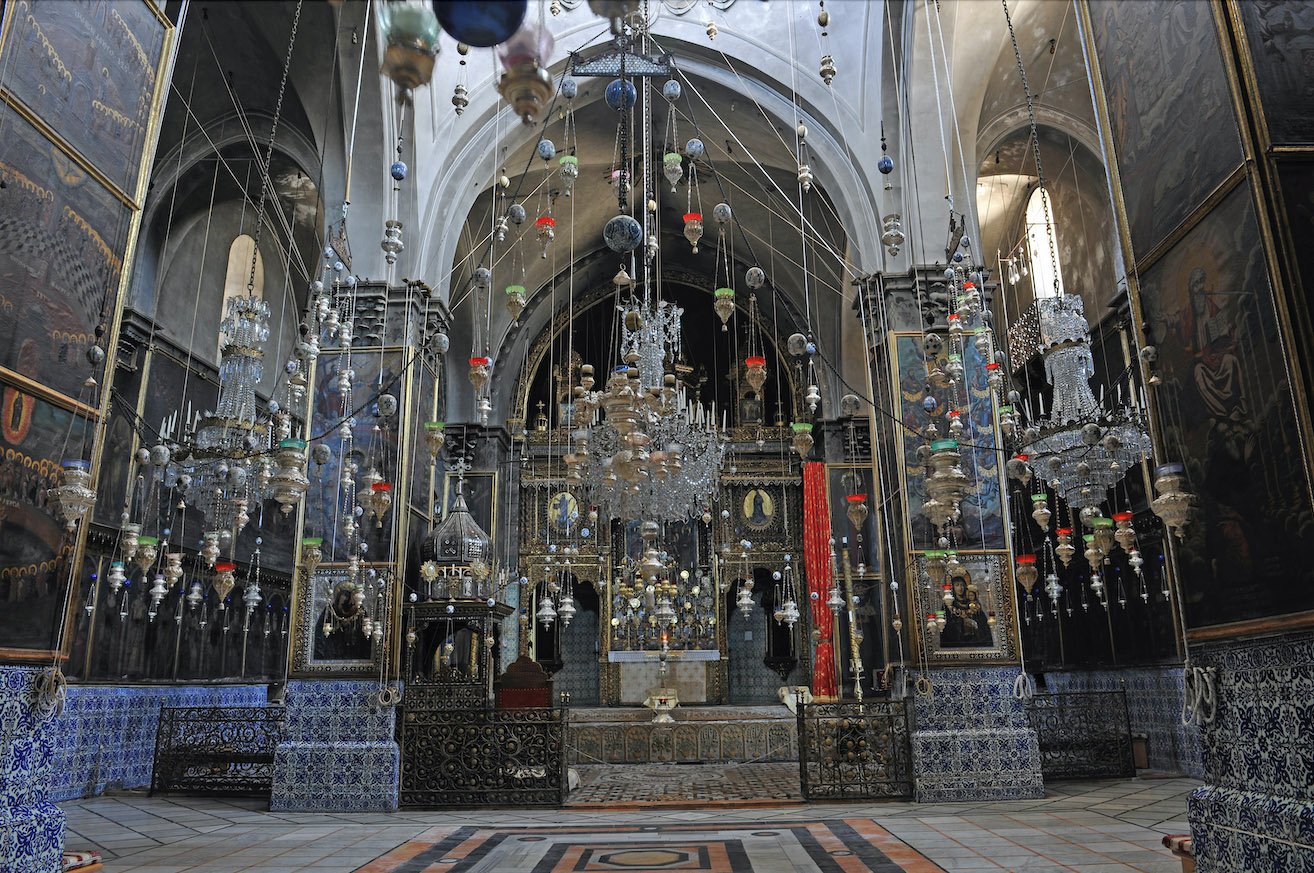Armenians and Jerusalem

Archives related to the construction of the Gulbenkian Library in Jerusalem were discovered at a private residence in Paris in 2023, a discovery that inspired an exhibition, which explores the relationship between Armenians and Jerusalem, and highlights Calouste Sarkis Gulbenkian’s own connections with the Holy City.
The Armenian Communities Department and the Gulbenkian Art Library and Archives have jointly organised the exhibition “Armenians and Jerusalem.” It offers an introduction to this unique community which is the first and oldest Armenian diaspora, having survived for over a millennium through sweeping changes, major upheavals, and wars. To this day, the Armenian Quarter of Jerusalem – one of the four quarters of the old city – is home to an unparalleled religious and cultural heritage. The Armenian Patriarchate itself is the custodian of some of the most venerated Christian sites in the world.
The exhibition will display a selection from the newly discovered documents, including drawings and correspondence between Gulbenkian and the Patriarch of the day, religious items from the church, as well as rare and unique ceramic pieces on loan from Jerusalem. It will also highlight other elements of Armenian culture from the Holy City.
The sense of history and legacy that emanates from the Armenian Quarter is perpetuated throughout the Armenian world. Calouste Sarkis Gulbenkian felt a strong connection to the Holy City and directed significant philanthropic endeavours towards the Armenian community, including the construction of the Gulbenkian Library. The Calouste Gulbenkian Foundation continues its Founder’s tradition in supporting the Library and the Patriarchate of Jerusalem.
The exhibition opened on 20 June and will run until 22 September 2024 at the Atrium of the Art Library at the Calouste Gulbenkian Foundation.
Photograph by Hrair Hawk Khatcherian.
